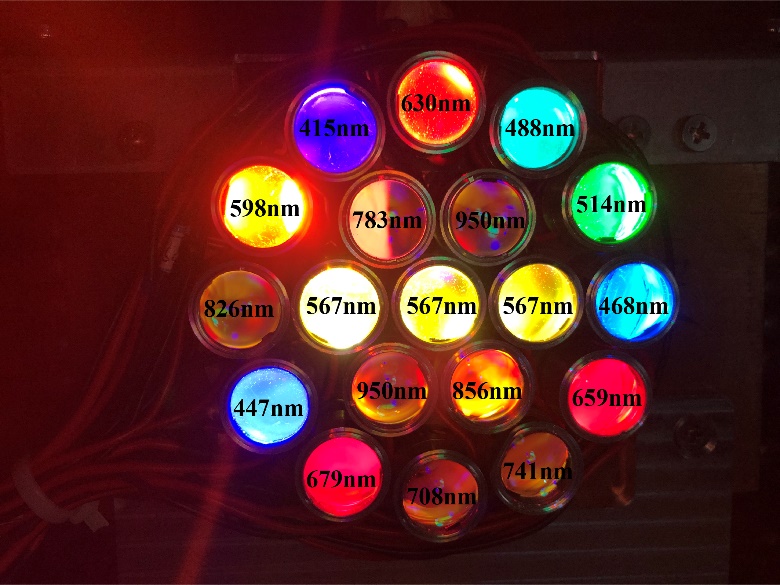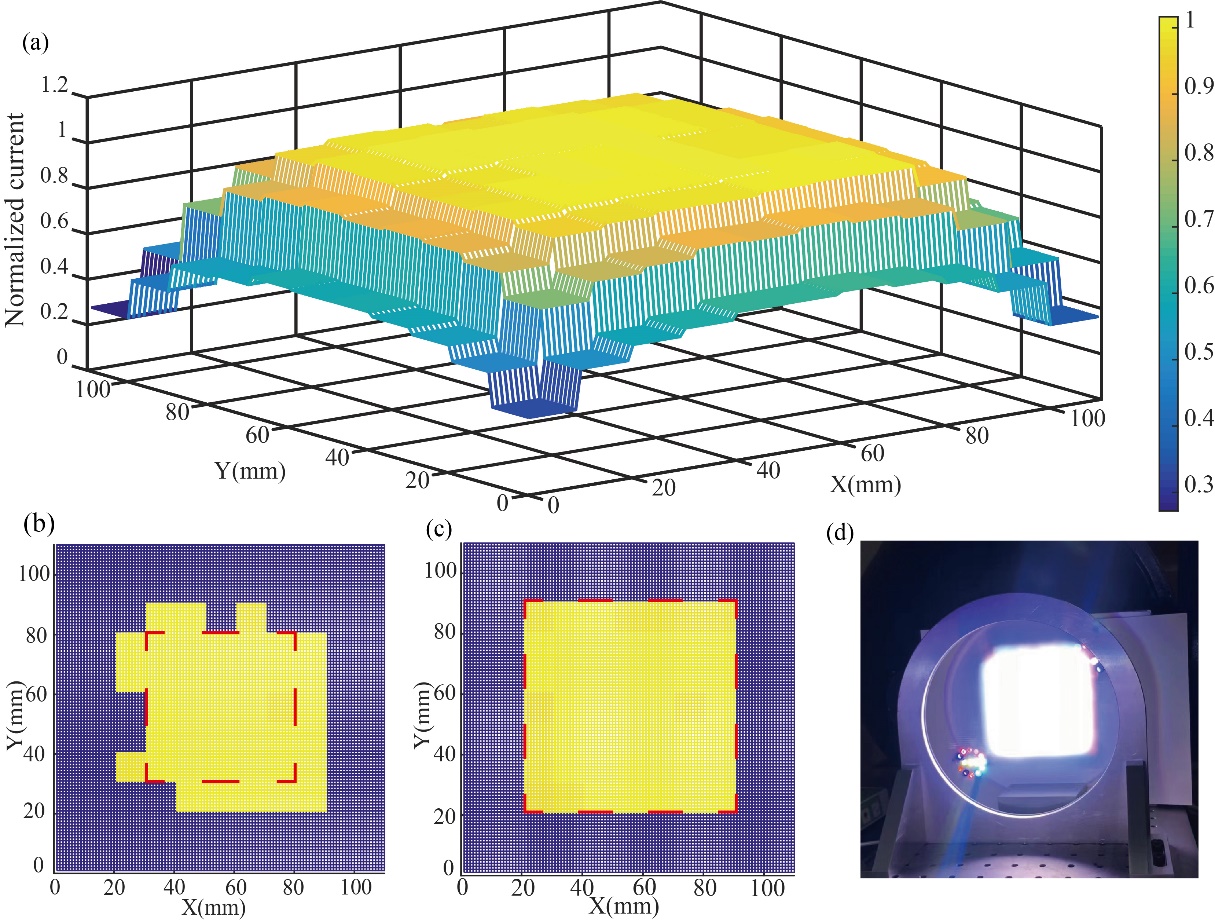Scientists at the Suzhou Institute of Biomedical Engineering and Technology (SIBET) of the Chinese Academy of Sciences recently developed a light emitting diode (LED)-based solar simulator for better terrestrial solar spectra and orientations. Results have been published in Solar Energy.
Terrestrial solar radiation is greatly affected by atmospheric, temporal, geographical, climatic and other environmental factors. Therefore, it is difficult to obtain stable, repeatable and controllable sunlight in time for quantitative experiment, instrument calibration, performance test.
Solar simulators are thus frequently used as experimental or calibration equipment. Existing LED solar simulators are, however, not capable of simulating the geometric characteristics of sunlight under one solar constant.
In this study, the team adopted a type of high-power vertical structure narrow-band LEDs, and designed a distributed high thermal conductivity single crystal COB package to achieve high optical power density and stable output.

They proposed a method to collect full aperture light with hyper-hemispherical aplanatic lens and built a multi-source integrating collimating system. The terrestrial solar spectra and orientations with spectral fitting under various conditions have been simulated simultaneously.
They also conducted a control experiment with polycrystalline silicon solar cells under outdoor sunlight with same conditions.Experimental results show that the simulator has good spectral accuracy and directional consistency.
"The proposed solar simulator realizes uniform illumination within the range of volume space," said SUN Chao, a scientist from the research team.
The researchers developed arbitrary solar spectrum fitting and control software, and for the first time, simulated simultaneous terrestrial solar spectra and solar orientations under different conditions.
"The simulator has wide application in photovoltaic industry, photochemistry, photobiology," said XIONG Daxi, chief scientist of the team.
In addition, the team has applied for a patent for related designs. entitled "LED-based solar simulator for terrestrial solar spectra and orientations".








